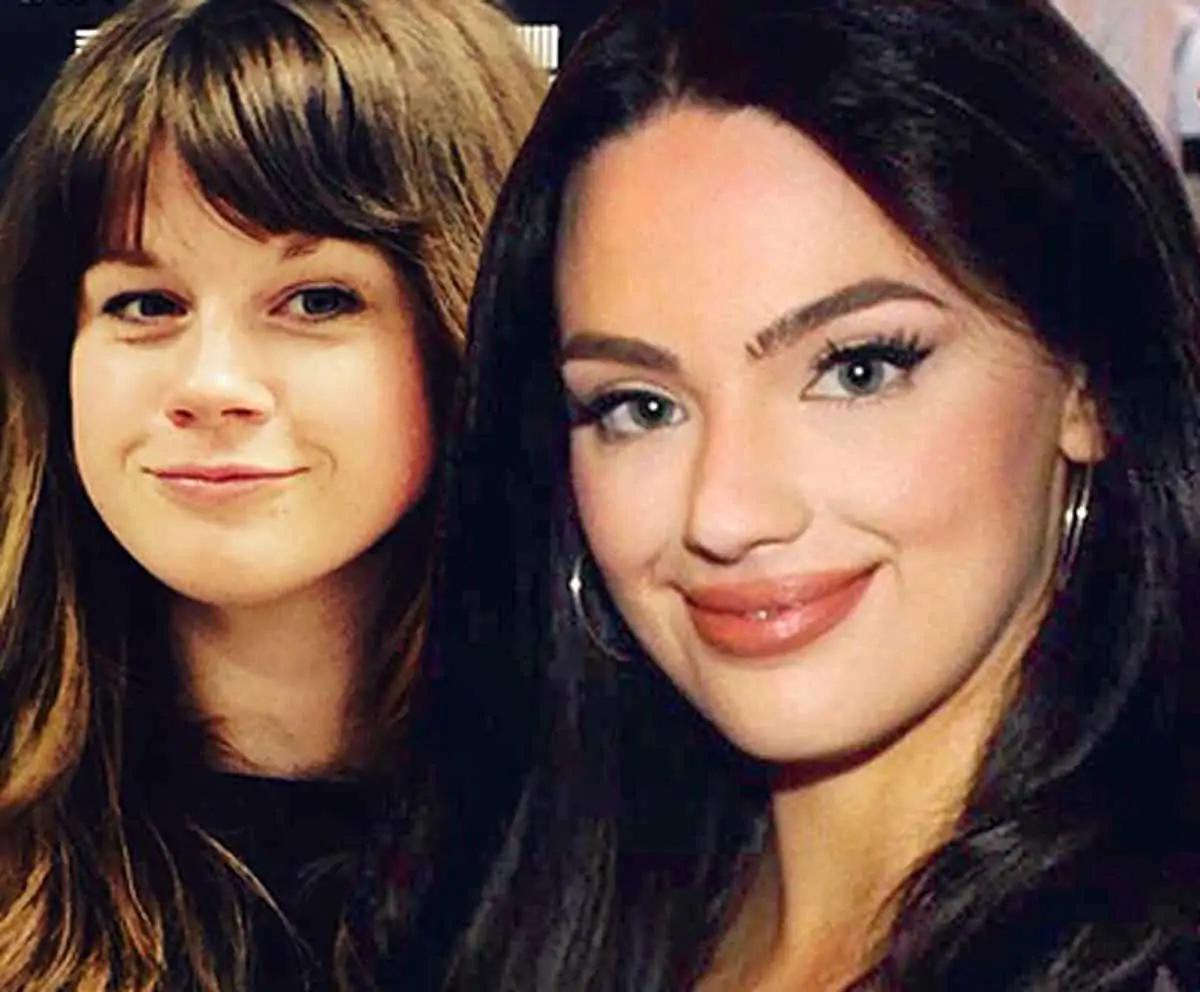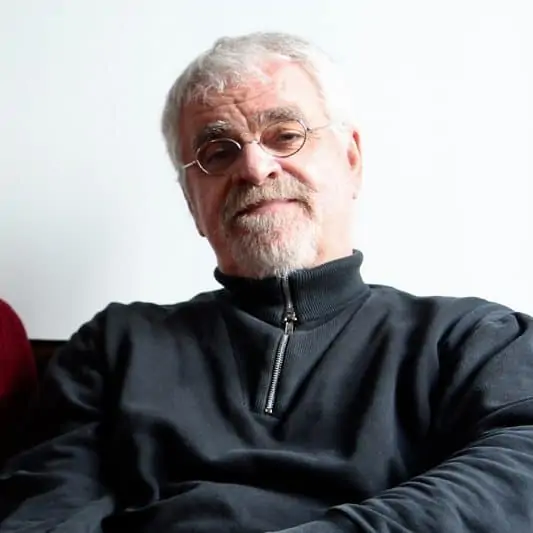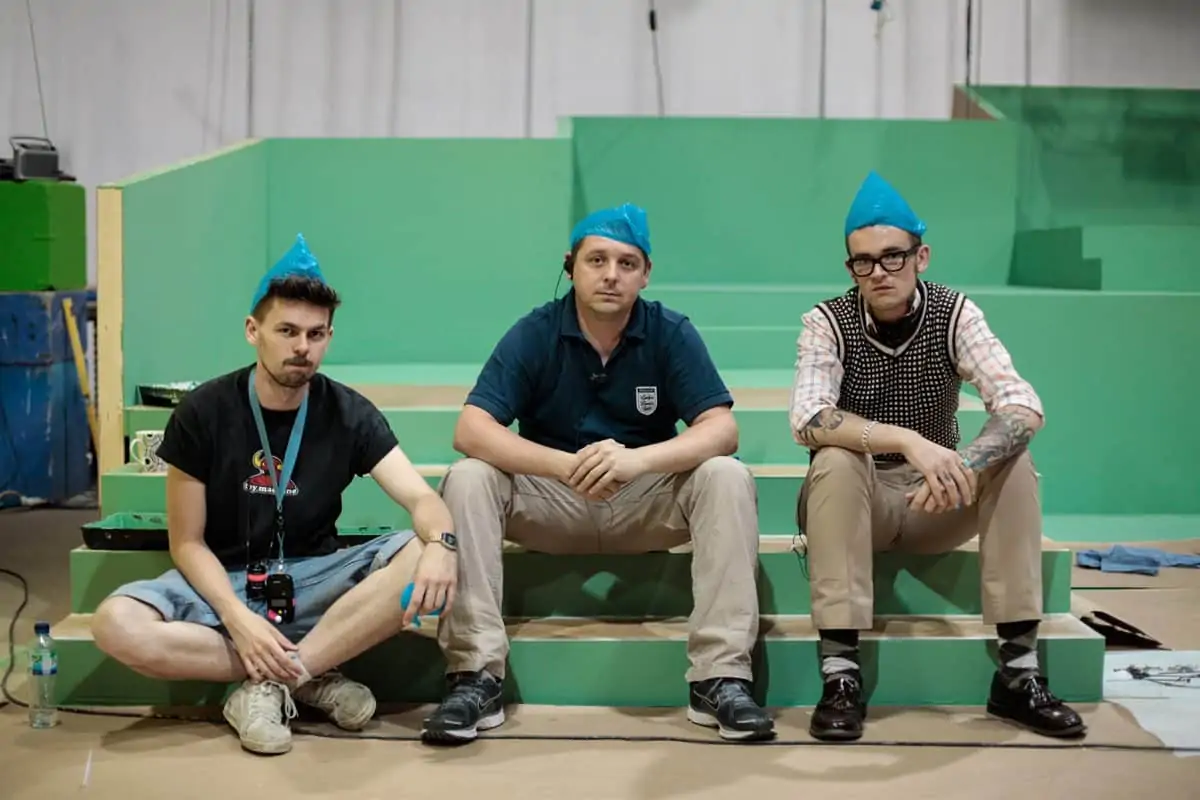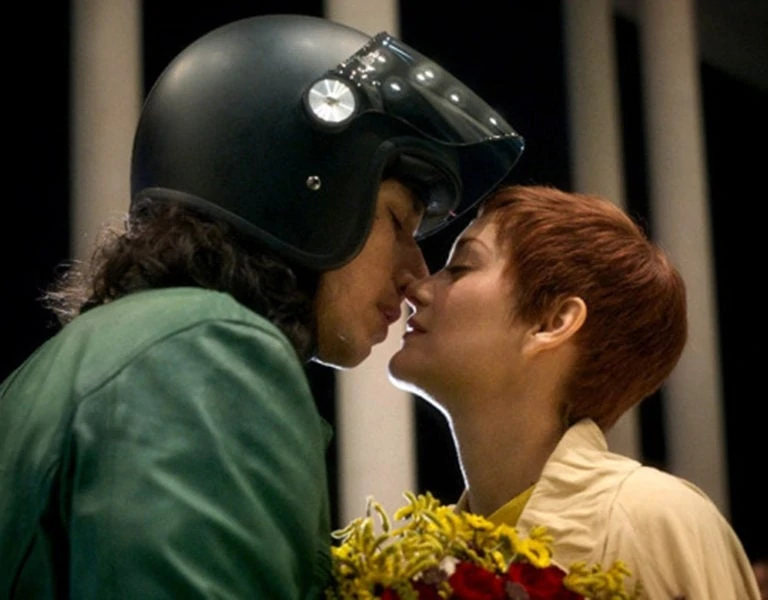Man for all seasons
ClapperBoard / Richard Blanshard
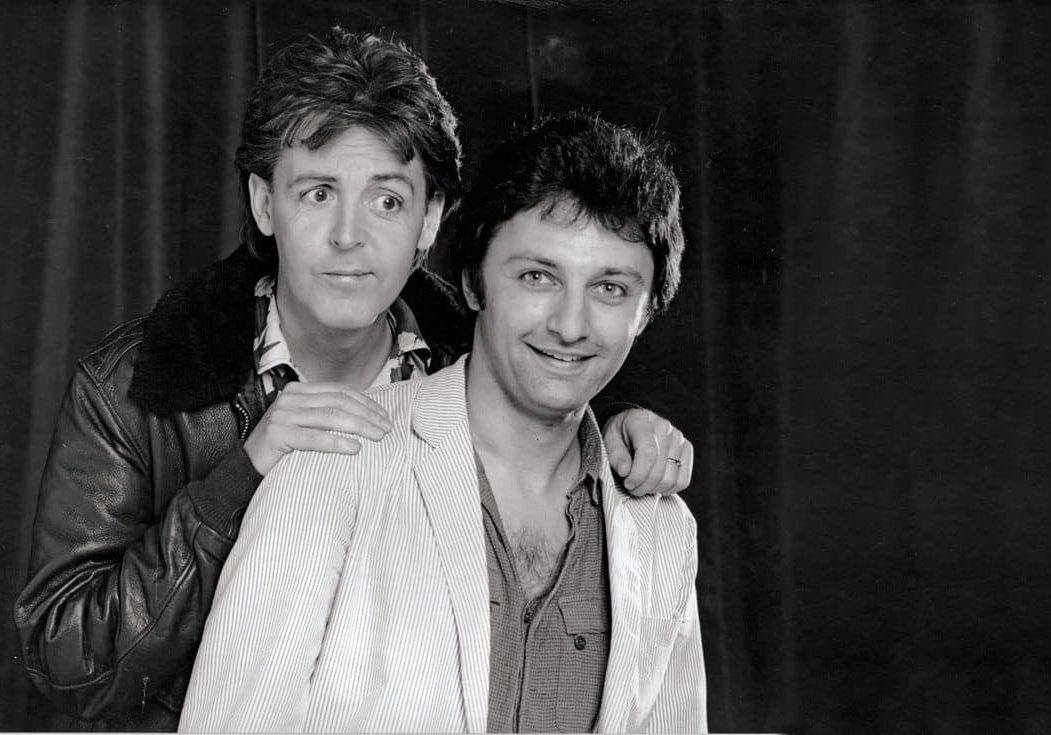
Man for all seasons
ClapperBoard / Richard Blanshard
BY: David A. Ellis
Richard Blanshard has many strings to his artistic bow. Cinematography, photography, writing, producing and directing are some, not to mention his talents as a musician and singer. His passion for storytelling sees him regularly working across the world covering a range of genres, including documentaries, arts and factual entertainment for major TV companies.
Blanshard has worked with some of the biggest names in the film world, photographing them on the set. He regularly supplies this magazine and the BSC with outstanding images from the many BSC functions he attends. He is an honorary friend of the BSC.
Blanshard was born in Essex and grew up in Pinner, Middlesex. His father had a chemist shop and Blanshard would help his father process film. At seven he started taking photographs and at ten began to shoot 8mm films. At the age of 15 he left school to go and work for Kodak in their Motion Picture Division, printing film and other tasks, including projection. Whilst there he went to Harrow photographic school. He went on to work as an assistant for commercial and industrial photographers in Uxbridge. He assisted on shoots that included jumbo jets and weddings. He printed all of their B&W work.
From there it was on to a company called PIC Photos, shooting film publicity, which included premieres and press launches. He photographed several royal premieres. One day he was made an offer he couldn’t refuse, though others did. That was going to the Cannes Film Festival, photographing the stars, which started with Fred Astaire and Gene Kelly. In 1974 he went freelance and was the official photographer to the American and British film industry at Cannes from 1974–96.
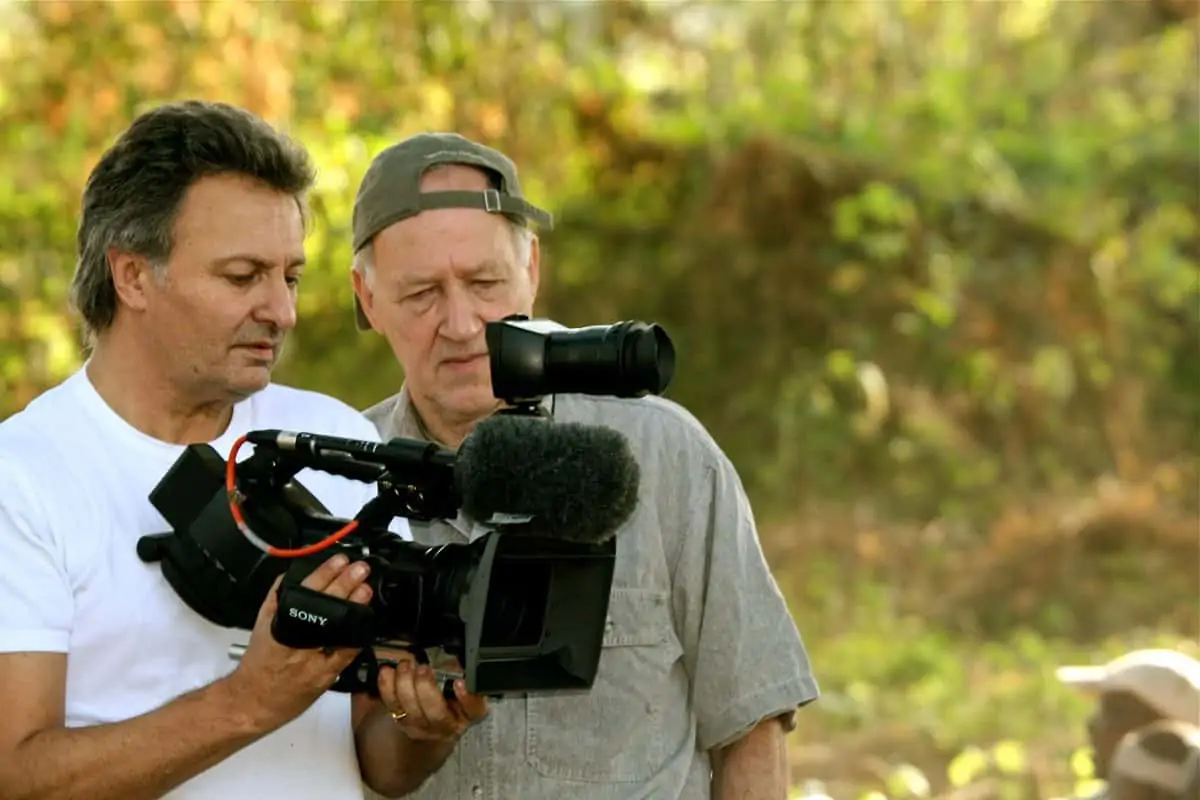
Blanshard has been a stills/special photographer for both TV and features, which include The Saint, Porridge, Little Buddha, Let Him Have It, Return To Oz, Mission Impossible, The Dark Crystal and Equilibrium. He has been the DP and director on a number of documentaries too.
He said, “For me documentary filmmaking is harder than feature filmmaking because your subject is changing all the time. When you have a script you have got your road map. You know what people are going to say. In documentaries things change by the minute. You are constantly re-writing the script and adjusting the story. Many of the guys that go into features after documentaries, for example Dick Pope, Barry Ackroyd and Chris Menges know how to make the drama look real because they have experienced real situations. They add another dimension to their dramas because they can look through the viewfinder and think ‘That doesn’t feel real to me.’ I started doing stills and ‘the making of’ as well. To me it became part of the process of trust. Actors are more comfortable talking to someone who is part of the crew, and because of that you get better material from them than some stranger would, who comes on the odd day.”
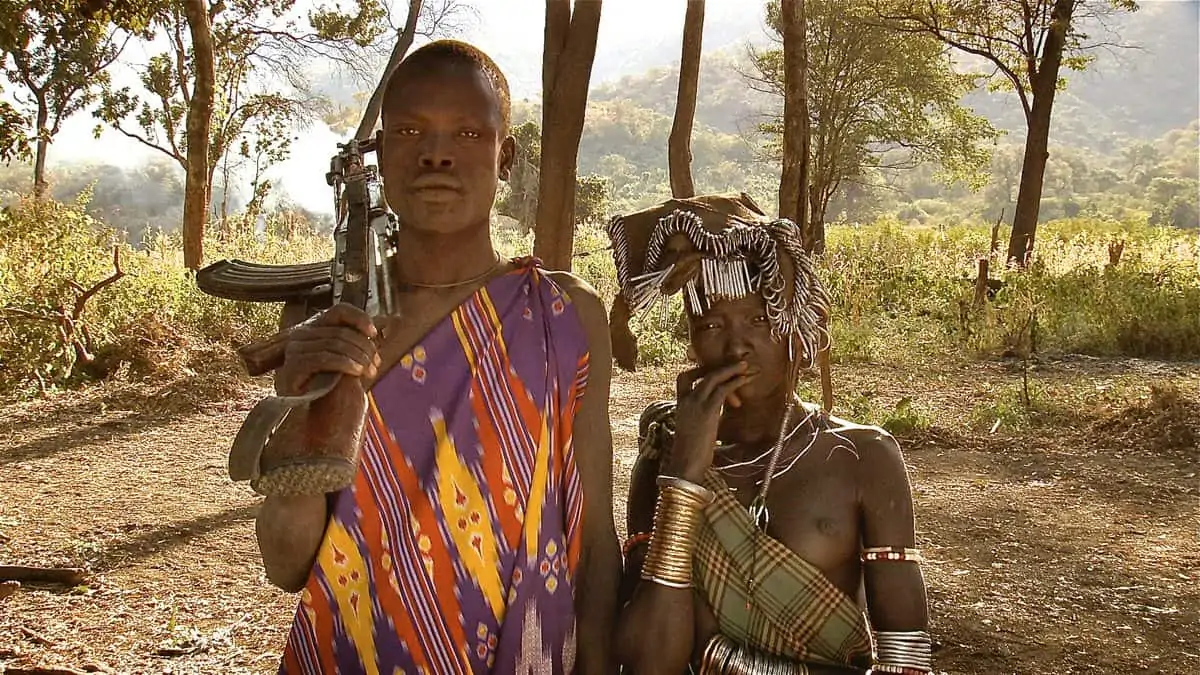
As an accomplished musician and singer he has backed on a number of recordings for artists such as Paul Young, Kim Wilde and Elkie Brooks. He has shot a number of music videos too. He said, “Music and photography are similar – the camera is like a musical instrument. It’s about beats and rhythm”.
His awards include Special Contribution to the film industry for The Krays, People’s Choice Awards, Best ad: The Krays and the ARRI John Alcott Award.
Next year, ARRI is one hundred years old and Blanshard has been commissioned to make some films to celebrate this huge anniversary.
Being a man of many talents, one wonders which he prefers to leans towards the most? “I love to make things. I love to direct, produce and shoot my own stuff. I don’t have the budgets to hire people so when I shoot something it’s going to be how I see it. I edit in my head as I am shooting. When I worked on feature films as a photographer I worked with such amazing people like Ossie Morris, Alex Thomson, Billy Williams and Vittorio Storraro. I watched these maestros and took everything in. Even if I’m directing I still want to work with the camera. When I’m in the cutting room I know exactly what I’ve got and I know what the editor’s got to work with – it’s important to me. I did a series for BBC2 called Behind The Camera, covering fourteen cinematographers for the fiftieth year of the BSC. I pitched the idea because I wanted to tell the world that without these clever guys there wouldn’t be a film. Roman Polanski said to me ‘You can make a film without a director but not without a cinematographer.’”
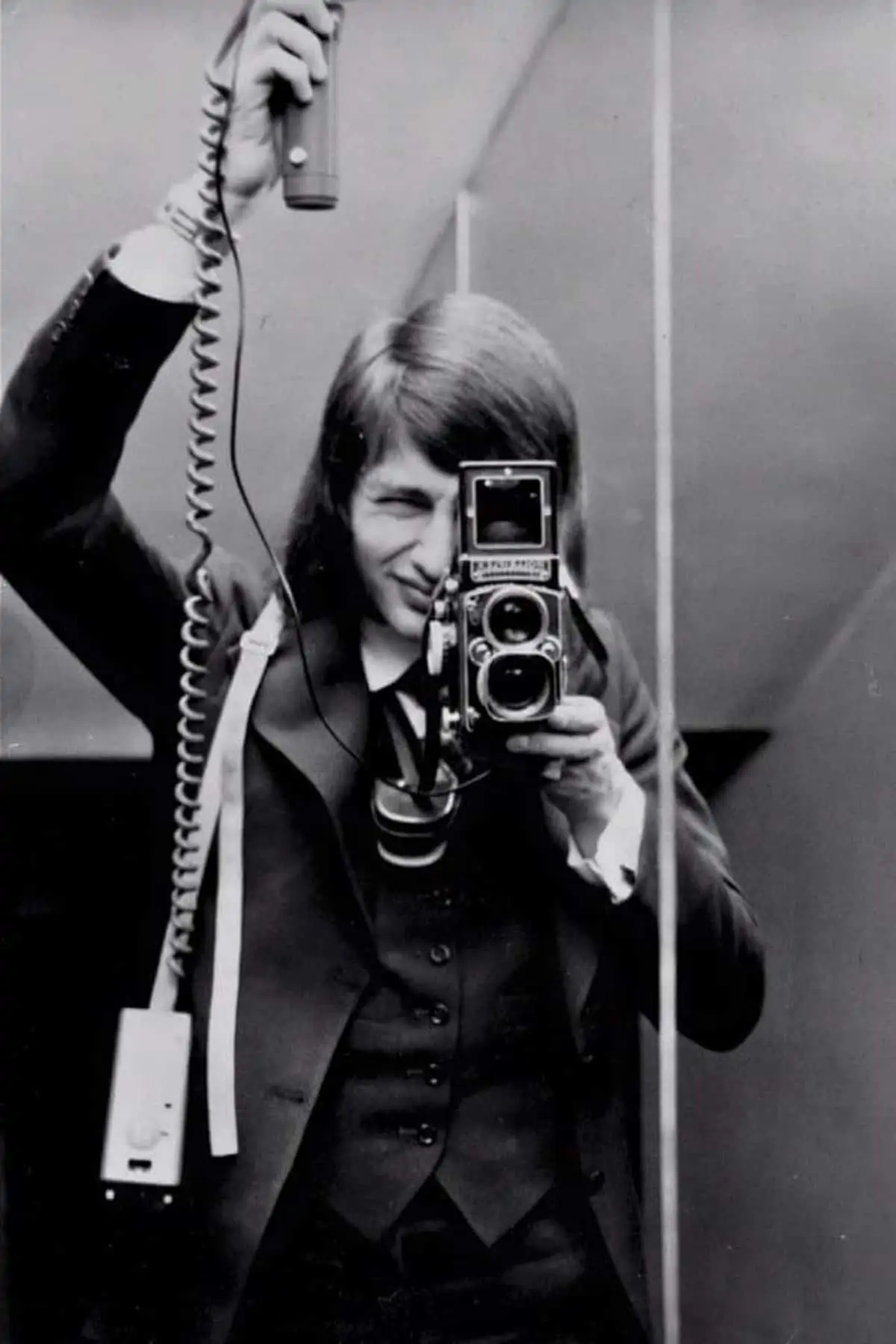
"For me documentary filmmaking is harder than feature filmmaking because your subject is changing all the time. When you have a script you have got your road map. You know what people are going to say. In documentaries things change by the minute."
- Richard Blanshard
Blanshard has worked with some of the best directors in the world, including Brian De Palma, Fred Zinneman and Ken Loach. He has also done DP work for German director and producer Werner Herzog on LA Boheme.
He has done work for Films without Borders, a UK registered charity that provides hands on educational filmmaking workshops for disadvantaged young people between fifteen and nineteen, living in challenging countries around the world. George Lucas, Whoopi Goldberg and many others support it. Blanshard is a mentor and DP and has made over fifteen films around the world for them. Three of the films were screened at this year’s Cannes Film Festival.
His films as DP and director include: I Love You (2014) and Westminster Abbey (2012). His DP work includes The Last Jews of Iraq (2015) and Night will Fall (2013), directed by Andre Singer, about the holocaust during the Second World War. Blanshard said, “There were thirty greenscreen set-ups around the world. Panavision helped a lot. We used a RED camera and I used lenses that were used on the first Alien film. It has been nominated for an Emmy and has won the RTS and Peabody Award.”
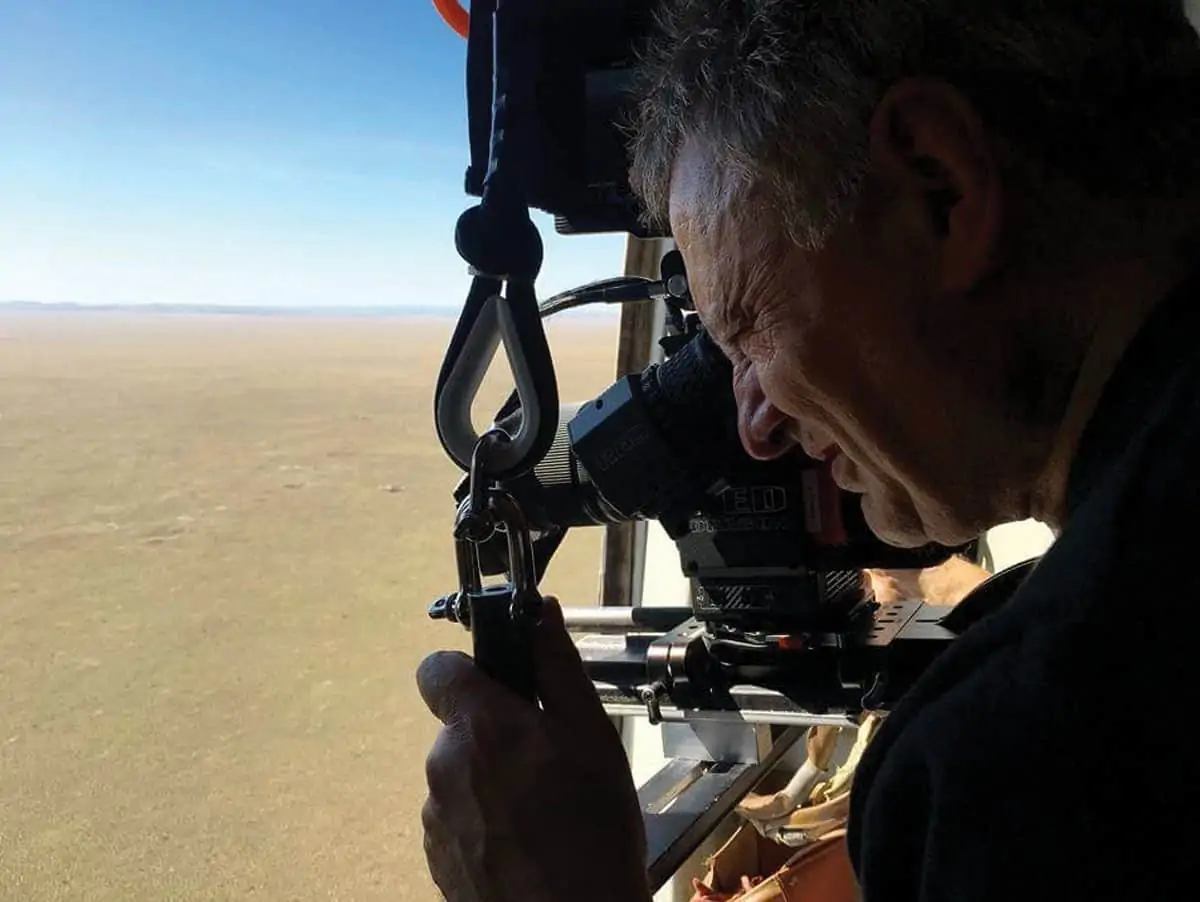
Recently he DP’d Sow The Wind. “Sow the Wind is a theatrical feature documentary which follows the story of how the Soviets abused the indigenous people of Kazakhstan, by nuclear testing of over five hundred explosions. Today it is still contaminated and the repercussions of radiation still exist. I shot in Kazakhstan in the closed nuclear test site, the Polygon, which is the size of Wales. I also shot in the Nevada desert and at Mercury, the US nuclear test facility, which still functions, running underground tests today,” said Blanshard.
Asked if he had any favourite features he had worked on he said, “The Krays was a good film to work on. I shot the poster two years before the film was made. I also shot a short super eight film, which helped them to get their finance. It was the first feature for Martin and Gary Kemp, so they were totally open to me crafting the still photography. Judge Dredd was an extraordinary film visually. There were 250,000 stills taken on that movie. We had to overshoot as eighteen actors were given stills approvals. I have enjoyed them all because they have all been different.”

Asked why the production people required him twelve months before The Empire Strikes Back was made, he said, “ They wanted me to document every department and every scale model. They wanted progress shots for book purposes and reference. They had decided to make R2D2 semi remote-controlled so I had to go with Kenny Baker on numerous occasions to the company who were doing this to shoot the various tests.”
Blanshard has also worked with Aerial Camera Systems Film Division with Peter Allwork BSC and Matthew Allwork on Harry Potter, Troy and Phantom Of The Opera.
Would he like to direct features? “Yes, I’ve been asked. It would have to be the right vehicle. If I make a film I want it to be seen by people – I don’t want to make a film for my own ego.”
Finally he was asked which cameras he uses currently for film and stills. He said, “For films. I have been using RED Dragon, RED Weapon, ARRI’s Alexa and Amira, Sony F55 and A7S. For stills I use Sony Alpha. I launched Alpha camera for Sony in the UK.”
